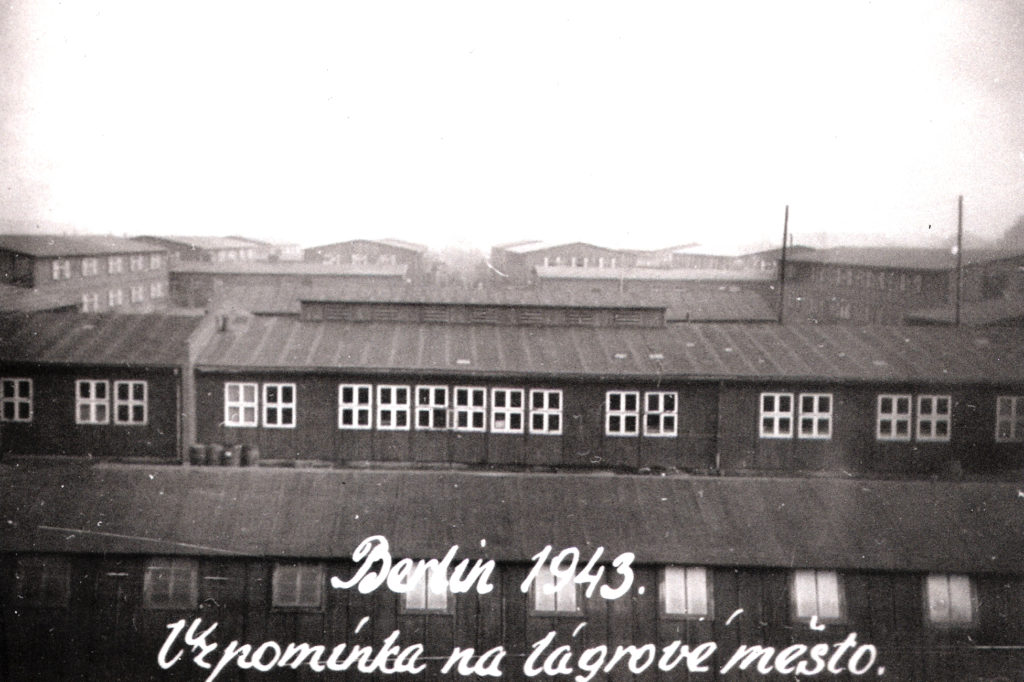
Berlin was not only the capital of the “Third Reich”, but also the centre of Nazi forced labour. Half a million men, women and children were forced to work in factories, workshops, offices and private households in Berlin – far more than in any other city in Europe. Among them were over 380,000 civilians, over 70,000 prisoners of war, around 10,000 concentration camp prisoners and – until they were deported – over 20,000 Jewish Berliners.
Most of the forced labourers worked in ammunitions production, many also worked for the railway and postal service, in workshops or churches. Kept separate from the “Volks-gemeinschaft”, they lived among the Berliners in over 3,000 accommodations: barrack camps and restaurants, schools and coal cellars.
The police, Wehrmacht, employment office, factory security and SS placed the forced labourers under a strict, racist and bureaucratic rule. North and West Europeans were at the top, East Europeans, Roma and Jews at the bottom of the Nazi racial hierarchy.
From heavy labour, hunger and poor hygiene standards, the predominantly young workers often became ill; tuberculosis and typhus were especially widespread. Since they were mostly not allowed inside the shelters, they were also defenceless against the bombings. Thus, over 10,000 forced labourers died and are buried in Berlin.
For further reading:
- Documentation Center Forced Labour, Forced labour in the daily round 1938-1945, Berlin 2013
- Roger Moorhouse, Berlin at war. Life and Death in Hitler´s Capital, 1939-1945, London 2011
- Cord Pagenstecher, We were treated like slaves. Remembering forced labor for Nazi Germany, in: Gesa Mackenthun, Raphael Hörmann (Hrsg.), Human Bondage in the Cultural Contact Zone. Transdisciplinary Perspectives on Slavery and Its Discourses, Münster 2010, S. 275-291
- Mark Spoerer, Jochen Fleischhacker, Forced Laborers in Nazi Germany: Categories, Numbers, and Survivors, in: The Journal of Interdisciplinary History 33 (2000), S. 169-204
Links: